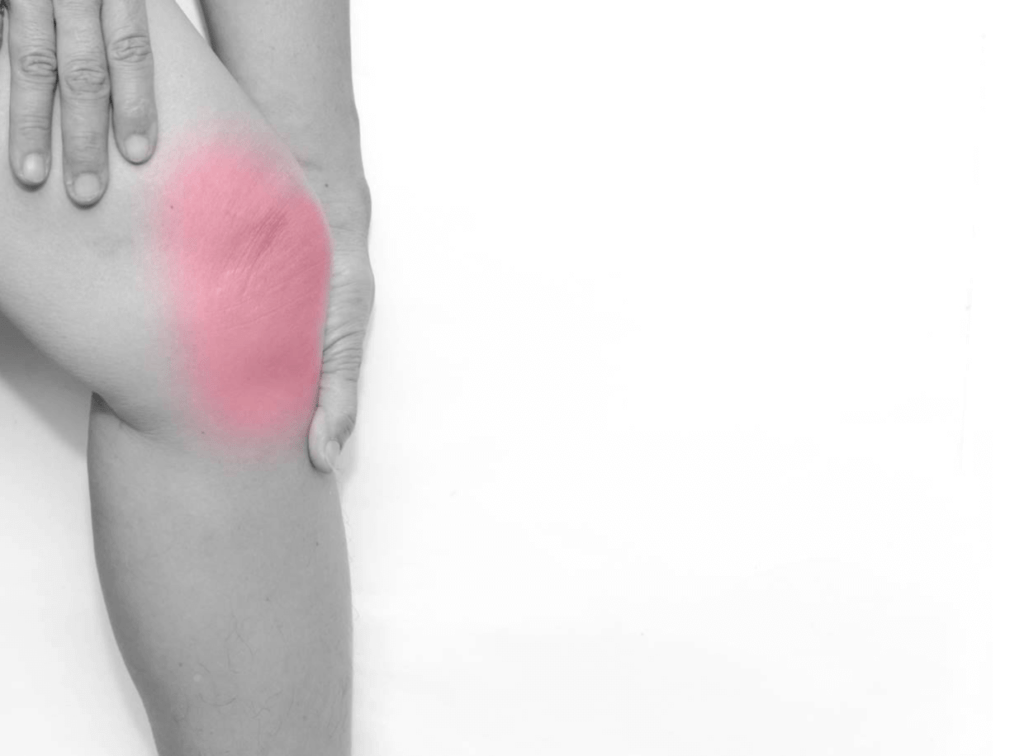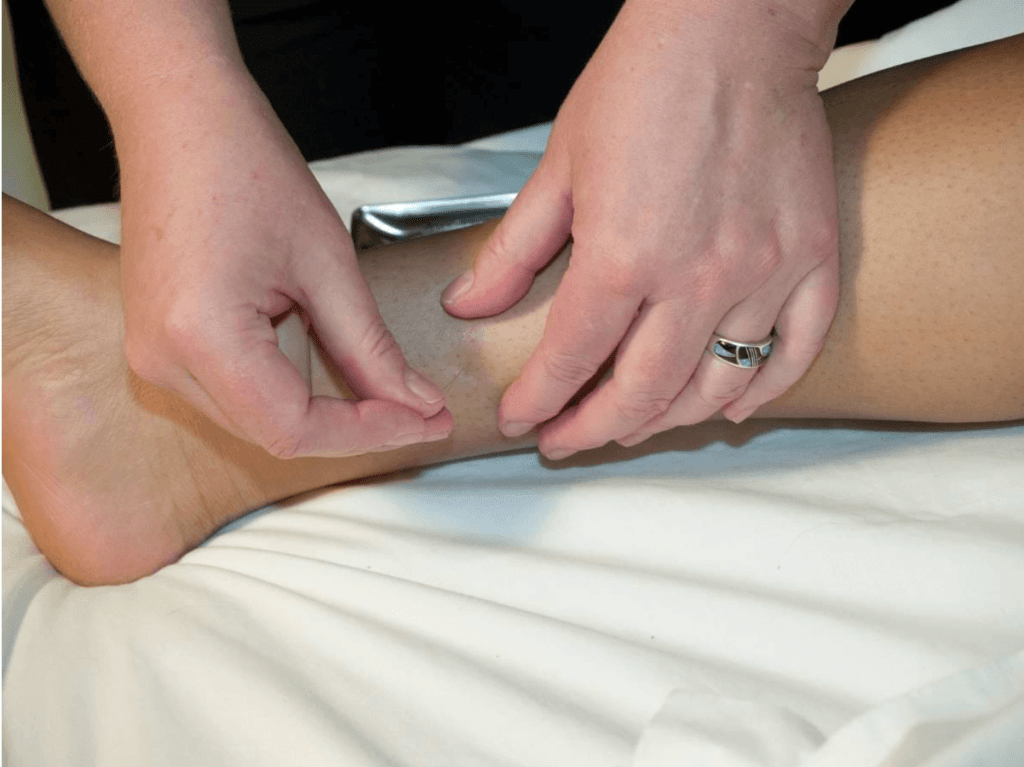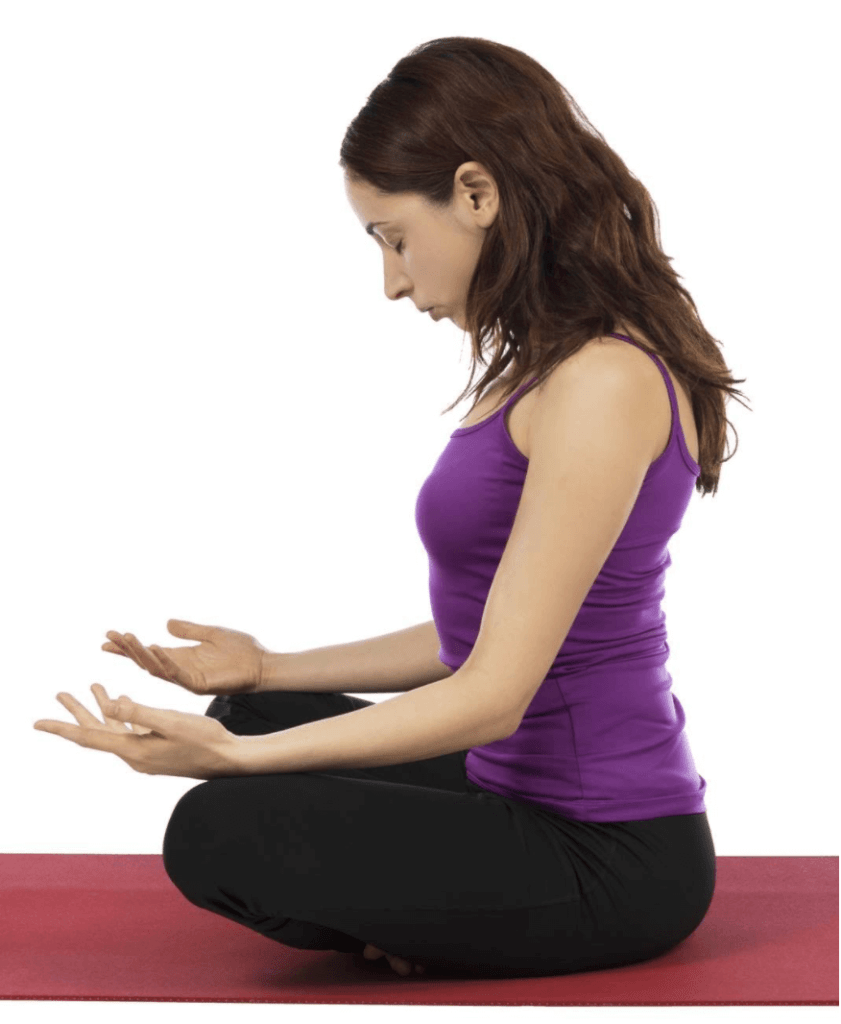Many people suffer from chronic pain, and for many of them, the cause is unknown.
But there are some options to relieve pain naturally without drugs or surgery. Here are seven proven methods that have been shown to provide relief for chronic pain sufferers.

1. Yoga
Yoga can be helpful for people who are dealing with both chronic pain and depression. It can help with pain by reducing stress, which is a known contributor to pain. Yoga can also help with depression by improving serotonin levels in the brain and boosting self-confidence.
You should speak to your physician before beginning or changing your exercise routine if you are experiencing pain.
2. Cold therapy
Applying cold packs to sore joints eases discomfort. The use of cold may also be necessary after certain kinds of surgery. It’s best not to use ice directly on your skin, but rather wrap crushed ice in a towel or put it inside a plastic bag. Many people swear by bags of frozen vegetables for this purpose.
3. Heat Therapy
Heat therapy is another popular pain reliever. It can be used to reduce stiffness in joints or muscles or to relax tight muscles. Several studies suggest that people with chronic pain benefit from moist heat therapy, which helps decrease overall sensitivity in the affected area.
4. Acupuncture
This ancient Chinese system of medicine involves inserting thin needles at precise locations on your body to achieve a therapeutic effect. In one study, acupuncture was found to reduce the need for pain medications and improve the function of patients with chronic low back pain. The expense may be another drawback of this therapy since some insurance plans won’t cover it unless it’s been proven effective in previously published studies.

5. Meditation
Meditation can help you deal with stress, anxiety, and depression that often accompany chronic pain conditions. Mind-body techniques such as yoga have been used successfully in combination with more traditional therapies such as physical therapy or drug treatment. Some people find it helpful to learn meditation techniques from a professional, while others are able to benefit just by listening to recorded guided meditations.

6. Massage
For some people, massage provides relief from chronic pain. The main drawback of this type of treatment is its expense. However, you can reduce the cost by seeing a student or practicing therapist who will provide deep tissue massage at a reduced rate, or possibly even for free during training. You can also learn self-massage techniques that are helpful for relieving muscle tension and other symptoms associated with back pain, arthritis, and fibromyalgia. Self-massage should never be applied over areas where there is any redness, swelling, or open wounds. One caution: Never apply pressure directly on your lower back.
7. CBD oil
Cannabidiol (CBD) is a cannabinoid that has shown promise in managing chronic pain. CBD isn’t psychoactive, meaning that it doesn’t produce the “high” associated with cannabis use. It reduces pain by acting on cannabinoid receptors. When using one of the best-reviewed CBD roll-ons for pain, users report relief from back pain, shoulder pain, osteoarthritis, and overall relief from pain in general.
8. Other Exercise
For many people, exercising regularly has a positive effect on their overall health and well-being. It can also help you manage your chronic pain by increasing strength, endurance and flexibility; improving posture; reducing stress; and relieving depression, anxiety, and insomnia. The common types of exercise that are helpful for chronic pain sufferers include walking, swimming, tai chi, and yoga (see number 2).
Although there is no special type of exercise that works better than any other for treating chronic pain conditions, it’s important to choose the activity you like best so you’ll stick with it over time. Always talk to your doctor before starting or changing your routine. And remember, gentle stretching exercises will work much better than intense aerobic activities if you are in pain.
9. Herbal remedies for pain relief (chamomile, peppermint)
There are many types of herbal remedies available in health food stores and through mail-order sources. Chamomile, peppermint, lavender, ginger, blueberries, cherries, turmeric, ginseng, and other herbal remedies may ease chronic pain conditions. Some people find it helpful to take these supplements along with their prescribed medications; however, it’s important to consult your doctor before adding any dietary supplements to your regimen.



